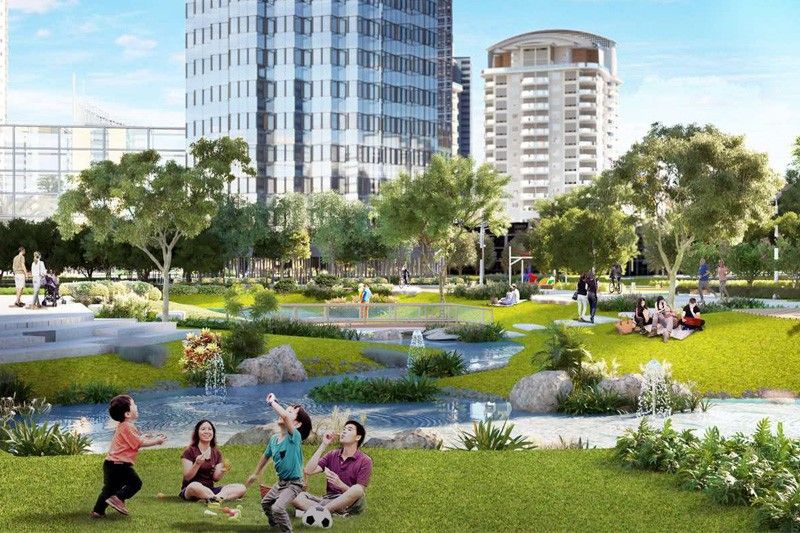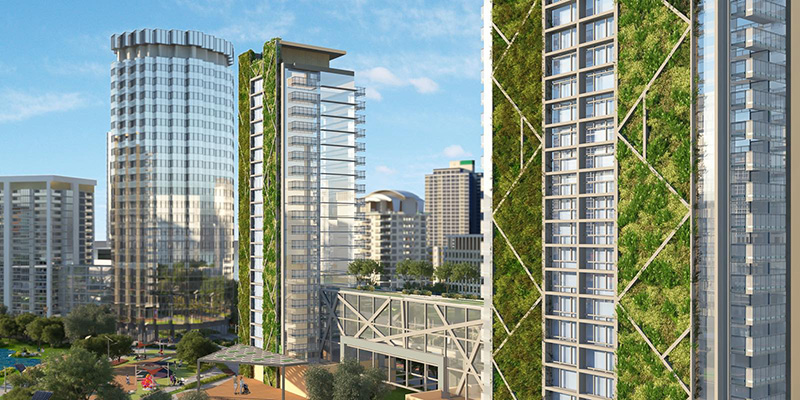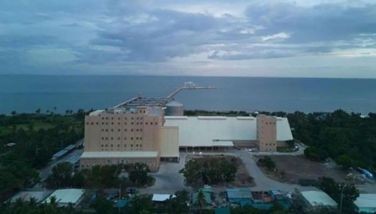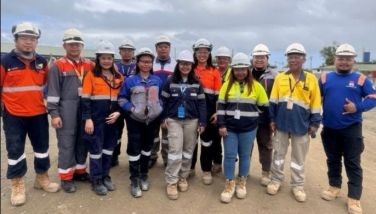Sustainable cities and climate change resiliency

MANILA, Philippines — As a country that is frequently affected by typhoons, drought, earthquakes and other natural disasters, the Philippines faces the reality of climate change.
Aside from a strategic disaster preparedness plan, Filipinos need a long-term solution: the establishment of climate change–resilient sustainable cities. More than just reducing greenhouse gases by minimizing electricity and heat production, a sustainable city also has climate change resilient technologies that promote urban resilience.
Water harvesting and treatment
As the Philippines expands its urban areas, there is a struggle with major water supply shortages due to El Niño.
According to Arquitectonica director David Zaballero, a solution to address this shortage is the adoption of “Smart Water Technology.”
It is a key component of every sustainable city’s plan for water conservation since this technology addresses issues such as leak detection, water efficiency, energy efficiency, water quality improvements and more.
“By pairing smart water technology with water catchment, wastewater and sludge treatment programs that are environment friendly, we will be able to address our increasing water demands,” he said.
Arquitectonica is an international architecture, landscape architecture, interior design and urban planning design firm headquartered in Miami with projects around the world, including the Philippines. The firm focuses on ecologically sensitive yet commercially viable design, and is widely recognized for its ability to create unique forms of memorable imagery in close harmony with the environment.
Green roofs
Zaballero also explained that capturing rainwater from rooftops provides a tremendous untapped opportunity to increase water supply and improve water quality for Filipinos.
“In a sustainable city, rain gardens are installed in rooftops to capture rainwater. Collecting rain and allowing it to seep back into the earth can be a cost-effective way for cities to reduce flooding and recharge groundwater supply. According to studies, green roofs can retain 40-60% of stormwater hitting rooftops,” he explained.
Another version of green roofing is the Aquaflow, which collects rainwater and stormwater from the roof of office buildings, parking garages and yards. The captured water is then directed to a filtration system and storage tank located usually below the building so it can be reused.

Wastewater treatment
Another strategy adopted by sustainable cities is the deployment of a centralized wastewater treatment, which removes contaminants from wastewater or sewage and converts these into a discharge that can be safely returned to the water cycle or can be reused for specific purposes like irrigation and replenishment of surface and groundwater.
Advanced wastewater treatments can also convert wastewater for domestic use and could even be treated to reach drinking water standards.
Smart meter technology
To help residents consume water more efficiently, Zaballero pointed out that sustainable cities use Smart Meter Technology, which is an advanced water and wastewater infrastructure that creates an efficient system to deliver water to every household, simultaneously conserving it for future needs.
“With the use of sensors and digital technology, smart water systems aid in collecting necessary data which will gather information regarding the water flow rate, water pressure and distribution of water across a city. Another feature of this system is the forecast of water consumption which can flag users if there are irregularities in their connection or to flag them to minimize their water consumption,” he said.
Earthquake-resilient buildings
Although no structure or city can be entirely immune to damages brought by earthquakes, the smartest ones are those that integrate resilience into their design and structure.
“The goal of earthquake-resilient buildings is to design and build structures that can withstand earthquakes better during a seismic activity compared to traditionally constructed buildings,” Zaballero noted.
With the threat of new disasters in the coming years, it is imperative for cities to adapt to climate change. It is important for Filipinos, in particular, to continue considering not only the environmental impact of cities but also strategies that will allow them to adapt to climate change. Integrating climate change in human settlements planning opens the door for innovation in terms of resilience and resource conservation.
By committing to a sustainable approach and measuring the concrete benefits of resilience-building to cities’ economic, environmental and social well-being, cities will finally move towards becoming disaster resilient, which equates to better places to live, play and do business.
- Latest


























